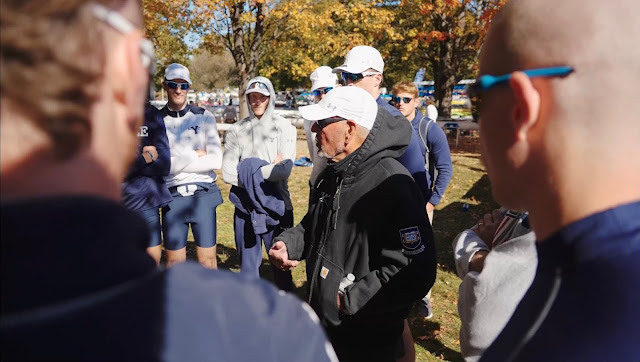8 Tips to Tackle Your 2k Erg Test

Lightweights racing at Crash-Bs in 2012 (Photo: B. Kitch) The junior and collegiate indoor rowing season is just around the corner, and that means sooner or later you are going be testing yourself for 2,000 meters along with your teammates. Whether it's at your club's boathouse, a regional championship, or Crash-Bs, there are a few tips that can help you to achieve your goals this winter. There are as many ways to approach a 2k as there are people rowing, but given my experience the following, simple tricks can put you in the right place when the electronic starting official let's you know it's time to go. 1. Don't worry if you can't sleep. Being nervous is natural, and look at it from the positive standpoint of neurological and physiological preparation: your body and mind are ready to get after it. That's good. The best advice I ever heard regarding sleep was as simple as this: when your body needs sleep, it takes it (I believe this came from Matt Pi...



